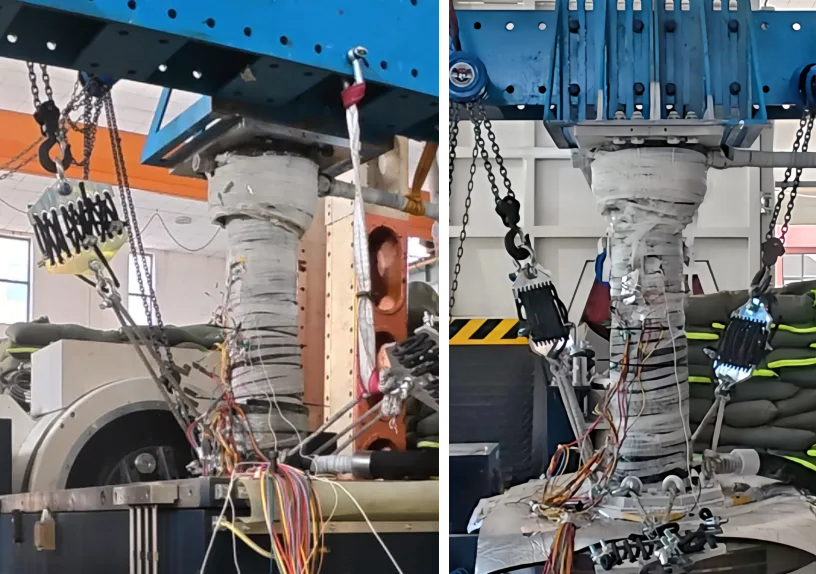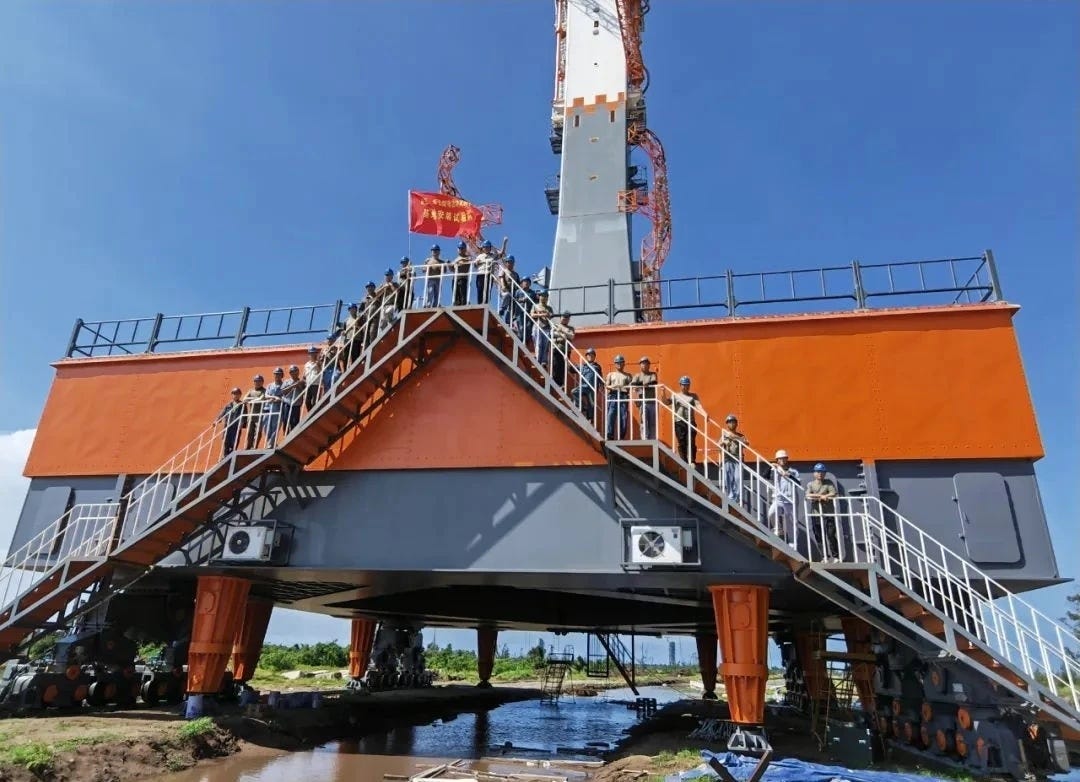Reusable Rockets March Forward, New Launch Infrastructure Complete
At the same time, politicians tour space facilities.
China’s space sector is continuing to move ahead with plans for new commercial and reusable rockets, with necessary tests completed recently. At the same time, new lunar vehicles are being innovated while satellite constellations receive new financing.
Shenzhou-20 crew to conduct second spacewalk
Earlier today, June 25th, the China Manned Space Agency announced that the Shenzhou-20 crew, currently aboard the Tiangong Space Station, will perform their second spacewalk in the near future. The announcement stated:
“According to the planned arrangement, the Shenzhou-20 astronaut crew will recently choose an opportunity to carry out the second extravehicular activity.”
“Since the successful completion of the first extravehicular activity on May 22, 2025 Beijing time, the Shenzhou 20 astronaut crew has completed the station environment monitoring and equipment inspection and maintenance, material inventory and transfer, and other tasks. The experimental tasks in the fields of space life science and human research, microgravity physics and new space technologies have been steadily advancing.”
“At present, the space station complex is operating stably, and the Shenzhou-20 crew has been working in orbit for two months, in good physical and mental condition, and has made preparations for all out-of-cabin activities.”
If there are any problems with this translation please reach out and correct me.
As noted by the space agency, the Shenzhou-20 mission’s first spacewalk was on May 22nd, when Chen Dong and Chen Zhongrui exited the space station via the Tianhe module’s airlock.
Kinetica-2 second-stage static fired
CAS Space shared on June 25th that Kinetica-2’s second-stage was fired up for two static fires, both taking place at the company’s dedicated engine firing center in Conghua (从化区), Guangzhou (广州市), Guangdong (广东) province. The first static fire lasted for around 280 seconds while the second lasted for just 25 seconds.
Both test firings are said to have simulated flight conditions and durations while testing the YF-102V engine’s ability to gimbal while producing thrust, around 85 tons. During the test, two start-ups and shut-downs were performed to demonstrate the second-stage mission profile.
With these test firings, CAS Space is only a few milestones away from flying Kinetica-2 on its debut flight, as a first-stage booster core has already been fired. At present, the remaining milestones before flight are: finishing the rocket’s launch infrastructure at the Jiuquan Satellite Launch Center, assembling a full flight vehicle, and possible launch pad testing of the complete rocket.
University students propose lunar rover and hopper
Post-2000s students at Northwestern Polytechnical University (西北工业大学) have proposed a Moon rover and lunar surface hopping vehicle for China’s fourth phase of lunar exploration (currently Chang’e-6 to Chang’e-8), according to China Central Television on June 23rd. Their proposal has a conventional lunar rover as a “mother” command center vehicle for the hopper.
The hopping vehicle’s system works by using a rigid-flexible coupled design with pneumatic soft actuators mounted on both sides of a rigid main beam. By selectively activating different soft actuators with compressed gas, the robot can seamlessly switch between crawling and jumping modes without any structural changes, while the compressed gas power source avoids overheating issues that traditional electric motors would face in the lunar vacuum environment.
For the hopping vehicle, teams are reported to have run into a variety of issues. First, how to ensure the vehicle isn’t damaged following a hop, then how the maintain the hop system’s reliability, and lastly optimizations to the hopping algorithm to ensure useful traversal for lunar missions.
The student research team’s lunar rover and hopper project earned them the special prize from Shaanxi province’s (陕西) extracurricular academic science and technology works competition for college students.
Ma Ying-jeou tours Jiuquan
Ma Ying-jeou (馬英九), former President (2008-2016) of the Republic of China, currently only in Taiwan Province, led a youth visit to the Jiuquan Satellite Launch Center on June 24th. For the visit, the launch pad for the Long March 1, Long March 2, and Long March 2F, for Shenzhou missions, where shown up close.
According to China Daily, Ma Ying-jeou praised the Chinese mainland's advancements in space exploration and hailed the progress as:
"This is magnificent," — "The Chinese nation is truly remarkable."
Xinhua and the Global Times shared photos of the visit.
CAS Space fires Liqing-1 engine
Back On June 19th, CAS Space shared that it had fired up its Liqing-1 (力擎一号), also known as Kinecore-1, engine for two firings totaling 180 seconds. The first firing lasted for 100 seconds, while the second lasted for 80 seconds.
During the test firings, the engine verified two start-ups and shut-downs along with stable operation within expected parameters. Sharing some details on the test, the company said:
“The engine is developed in-house, featuring a pintle injector mechanism, and is constructed from 3D-printed 316L stainless steel. The successful testing marks another step forward in our sub-orbital program and space tourism.”
Liqing-1 burns liquid oxygen and rocket-grade kerosene to generate 30 tons of thrust, via a gas generator cycle with a pintle injector to provide fuel and a regeneratively cooled nozzle. This is said to allow a throttle range between fifty to one hundred percent of the engine’s thrust while starting up to three times. Five Liqing-1 engines are designed to power the company’s Lihong-2 (力鸿二号) reusable suborbital tourism vehicle.
The Lihong-2 reusable suborbital tourism vehicle, designed to carry seven passengers above the Kármán line for four minutes of weightlessness, is currently under development with first flights expected between 2026 and 2027. Like Blue Origin did with New Shepard and New Glenn, lessons learned with Lihong-2 could be applied to Kinetica-2 once it is equipped for reusable operation.
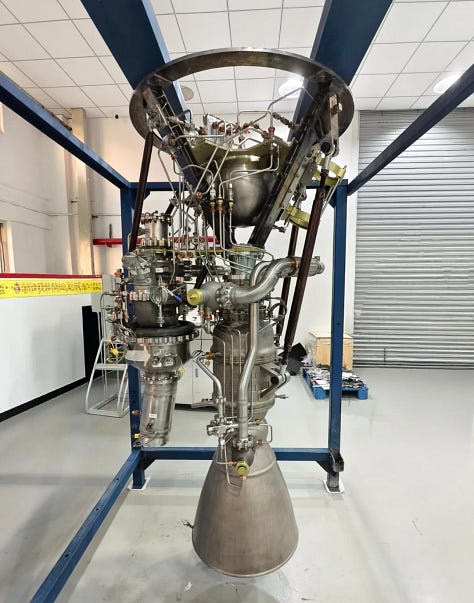
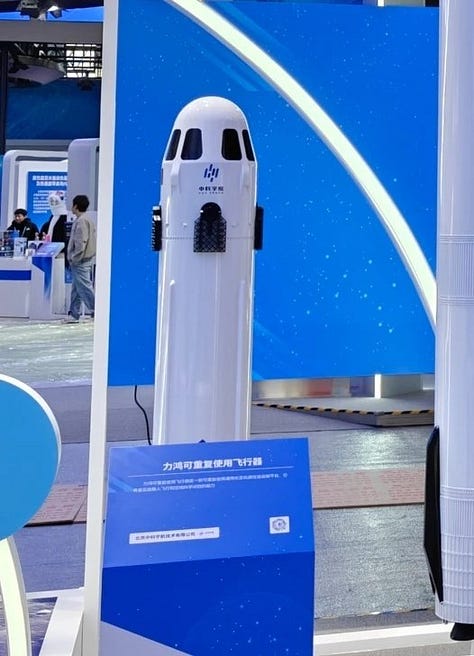
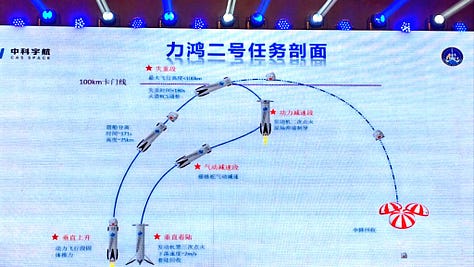
ADA Space receives 5 billion Yuan line of credit
ADA Space, currently deploying the Three-Body Computing Constellation, shared on June 20th that they have been granted a 5 billion Yuan (around 697.1 million United States Dollars on June 24th) line of credit. This line of credit is from CCB Financial Leasing (建信金租), a wholly-owned subsidiary of China Construction Bank (中国建设银行).
The line of credit is planned to support the development of ADA Space’s constellation through financing for satellite manufacturing and data processing infrastructure. As such, the credit structure allows the company to buy expensive equipment without full upfront capital requirements, while CCB Financial Leasing manages asset ownership and risks.
A week prior to the announcement, ADA Space hosted a Malaysian delegation to its Chengdu (成都市) facility on June 12th. The company says that its founder, Dr. Lu Chuan (陆川), detailed the Three-Body Computing Constellation to Malaysia’s Minister of Science, Technology and Innovation, Chang Lih Kang. This visit also came after a similar one from the United Arab Emirates.
OrienSpace tests Gravity-2 in wind tunnel
OrienSpace shared on June 20th that it has verified the design of its partially reusable Gravity-2 rocket in a wind tunnel, allowing the company to understand aerodynamic phenomena experienced by the launch vehicle. For the test, a scale model of the rocket, with a 5.2-meter diameter fairing and a 4.2-meter wide second-stage, was analyzed.
The company believes that, now having verified the design in a wind tunnel, Gravity-2 can move into the production stage of development, being said to have completed the engineering stage at the beginning of the year. If key tests of the systems for the vehicle did happen, it was not shared.
Astronstone completes second-stage pipeline vibration test
Astronstone shared on June 20th that it has completed a vibration test of a pipeline that runs between one of AS-1’s second-stage propellant tanks and a rocket engine. The vibration test, combined with a high-pressure and low-temperature environment, is said to have verified the structural strength, stability, and reliability of the pipeline.
The company believes this test to be a success, allowing for the manufacturing of a full second-stage and eventually a static fire.
Alongside this, Astronstone says they have fully outfitted their production facility for AS-1. The first few flight vehicles are expected to come from here, with several pieces of hardware already made. Meanwhile, a research and development center in Beijing (北京) has also been opened, helping accelerate reusable rocket technology efforts.
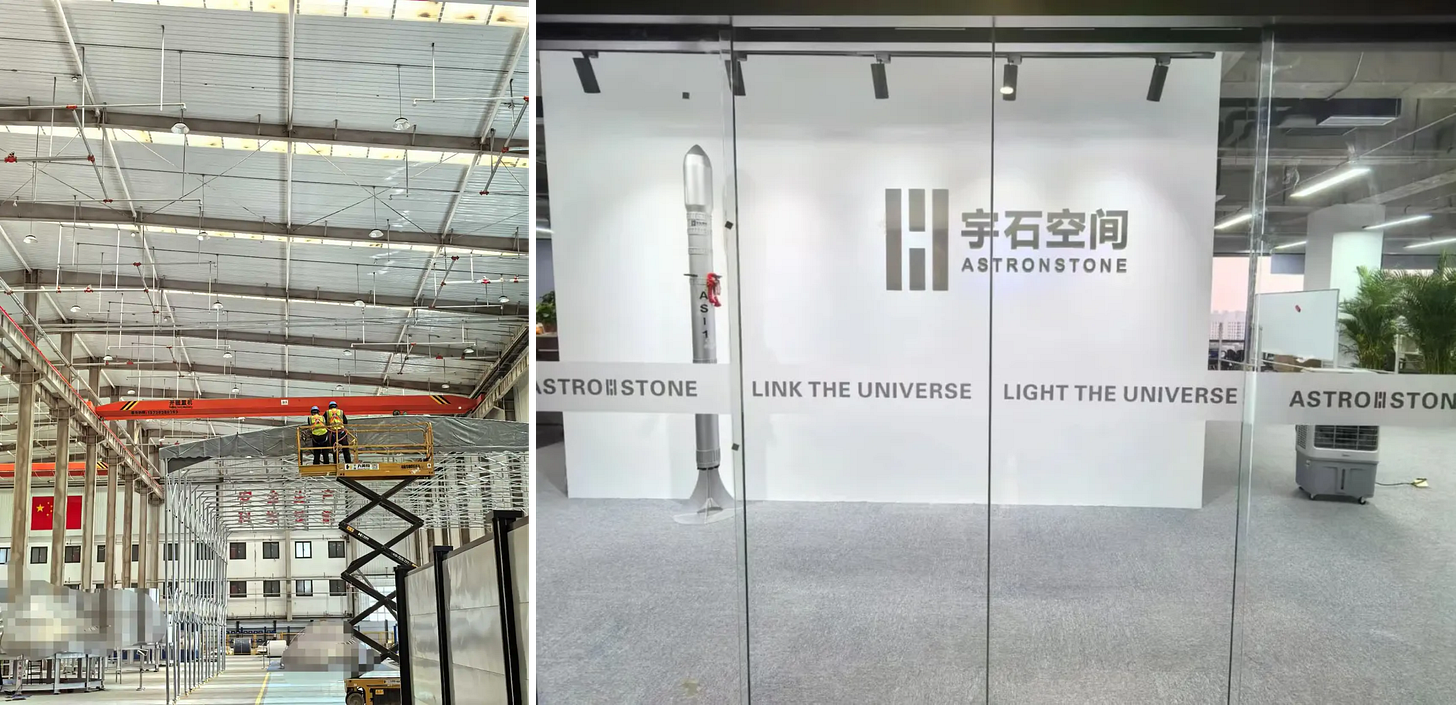
These updates come after the company manufactured a second-stage test article back in March, raised 100 million Yuan back at the start of the month, and outlined their reusable rocket plans.
At the moment, Astronstone is hoping to perform AS-1’s maiden flight between late 2026 and early 2027. The vehicle is planned to be 4.2 meters in diameter and 70 meters tall and weigh 570,000 kilograms fully fuelled, while being made of stainless steel and burning liquid methane and liquid oxygen, with nine engines on the first-stage generating 700 tons of thrust to carry 15,700 kilograms into orbit when expended or 10,000 kilograms when reused, via a catch tower.
New Wenchang mobile launch platforms complete
On June 12th, Shanxi Aerospace Tsinghua Equipment Co Ltd (山西航天清华装备有限责任公司), under the China Aerospace Science and Technology Corporation, with the main focus of manufacturing launch infrastructure, shared that they have completed the installation and commissioning of mobile launch platforms for the Long March 5 and Long March 7 rockets at the Wenchang Space Launch Site.
Work on the two platforms lasted 520 days and was wrapped up on May 30th. Significant environmental and technical obstacles had to be overcome in order to build the platforms, such as intense heat and humidity, typhoon damage, and extensive logistical planning for moving large components over long distances.
The new mobile launch platforms will play a key role in supporting future missions for the Long March rocket series, like the Tianwen-3 mission which will require two rapid launches of the Long March 5, and a high launch rate from Wenchang.





